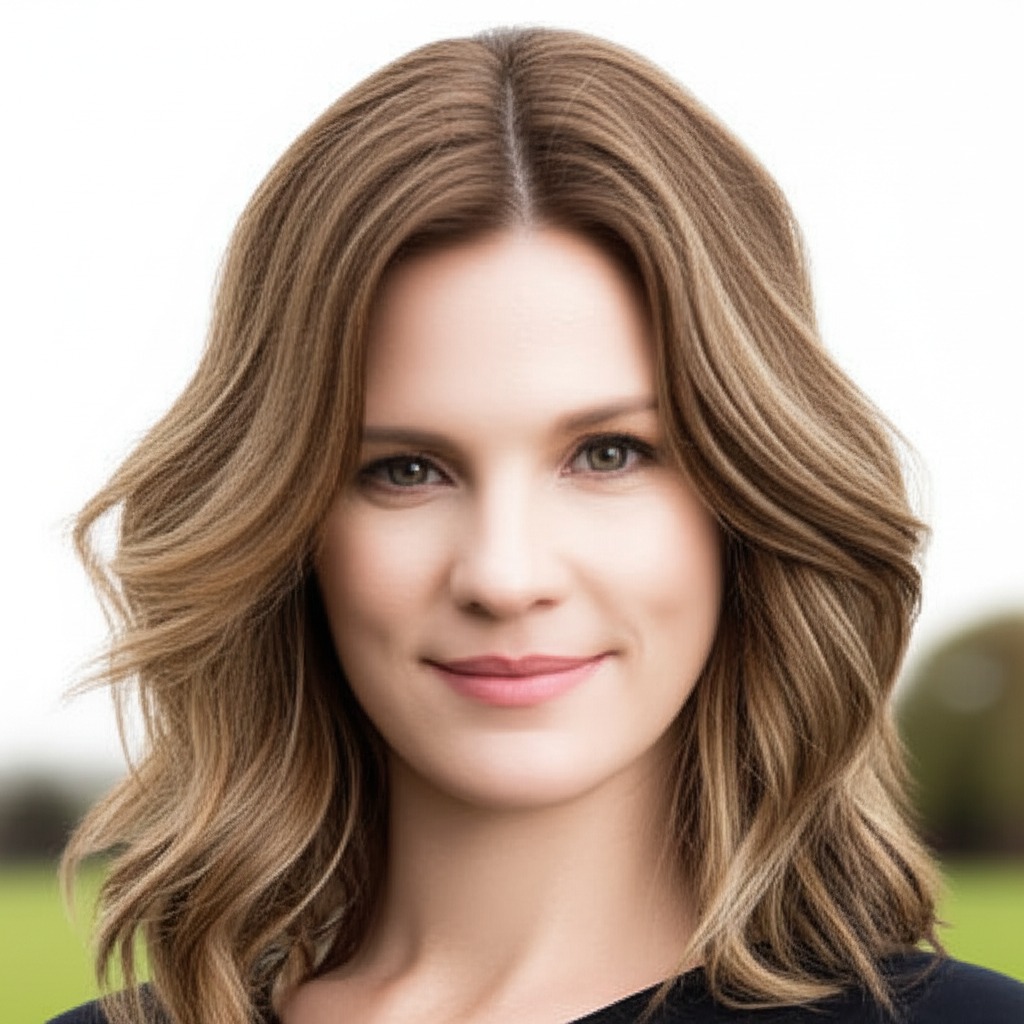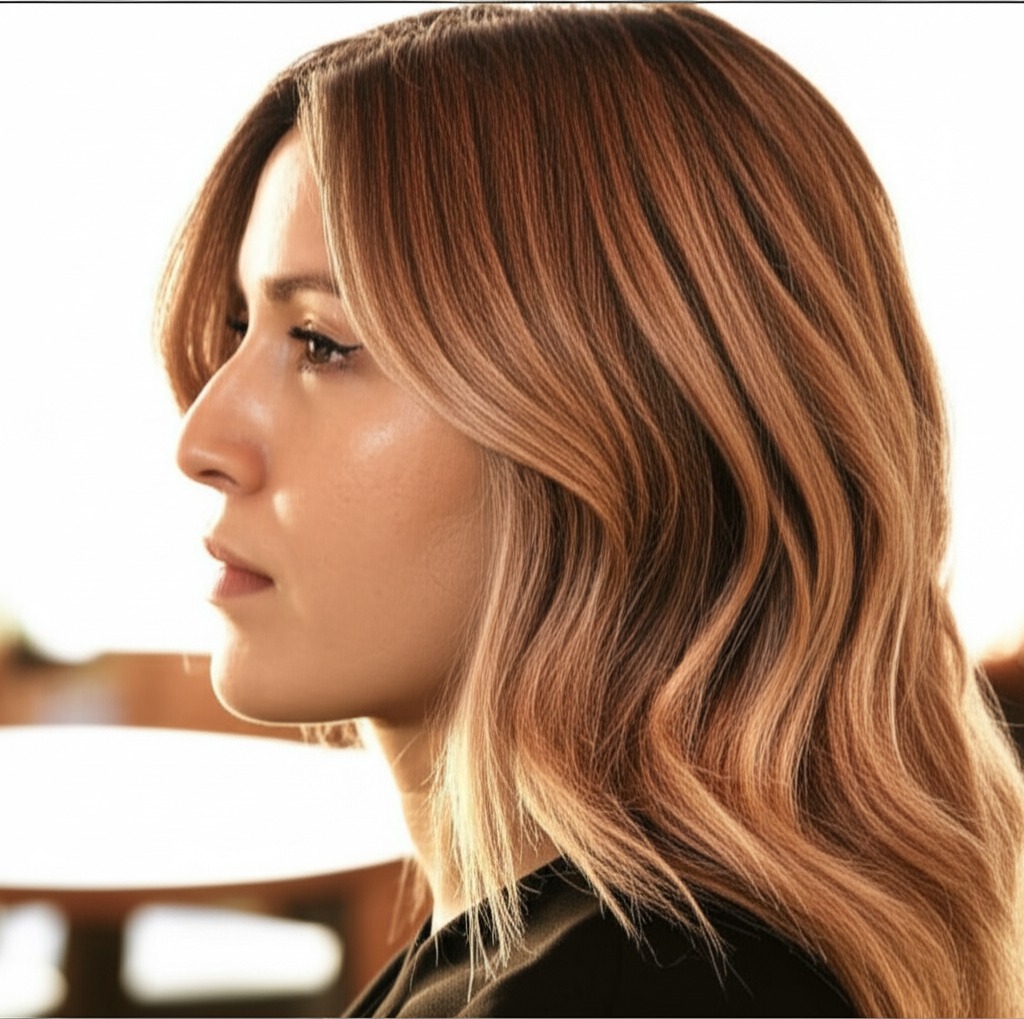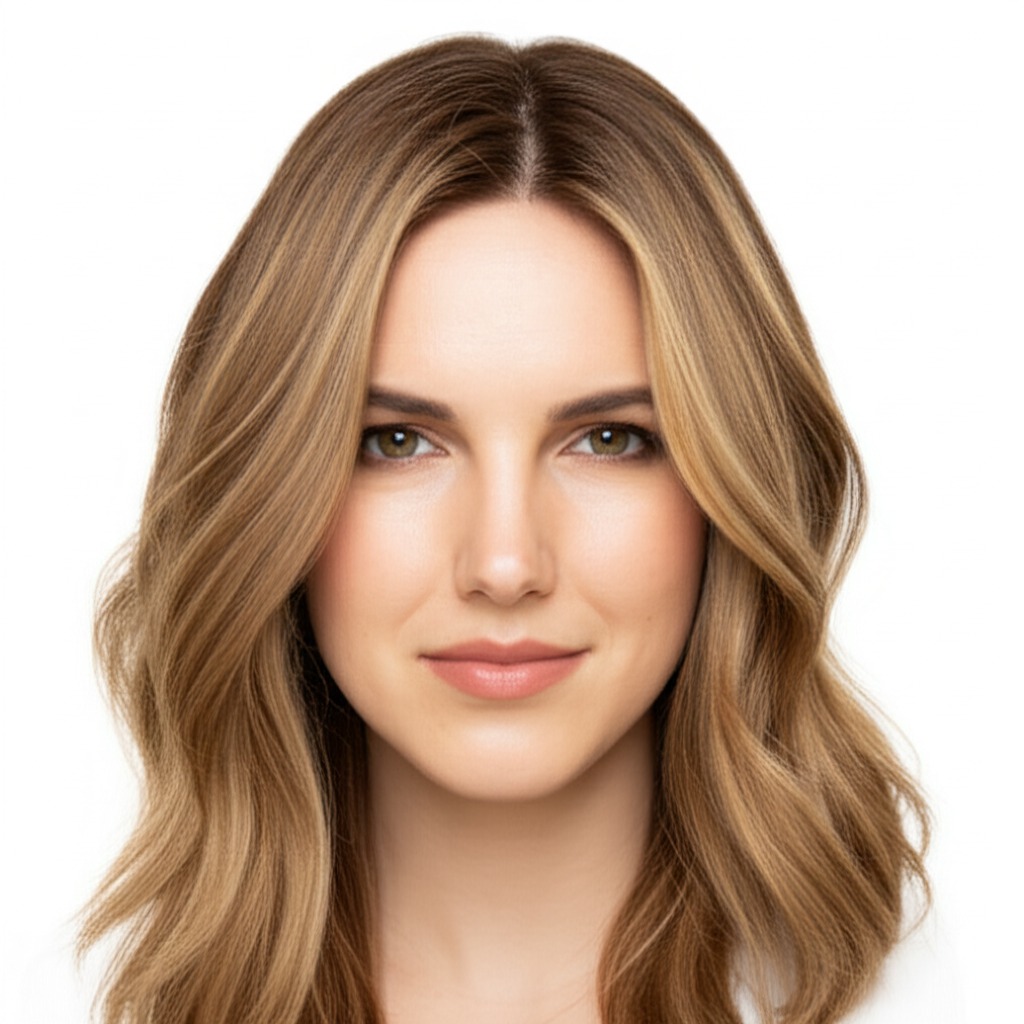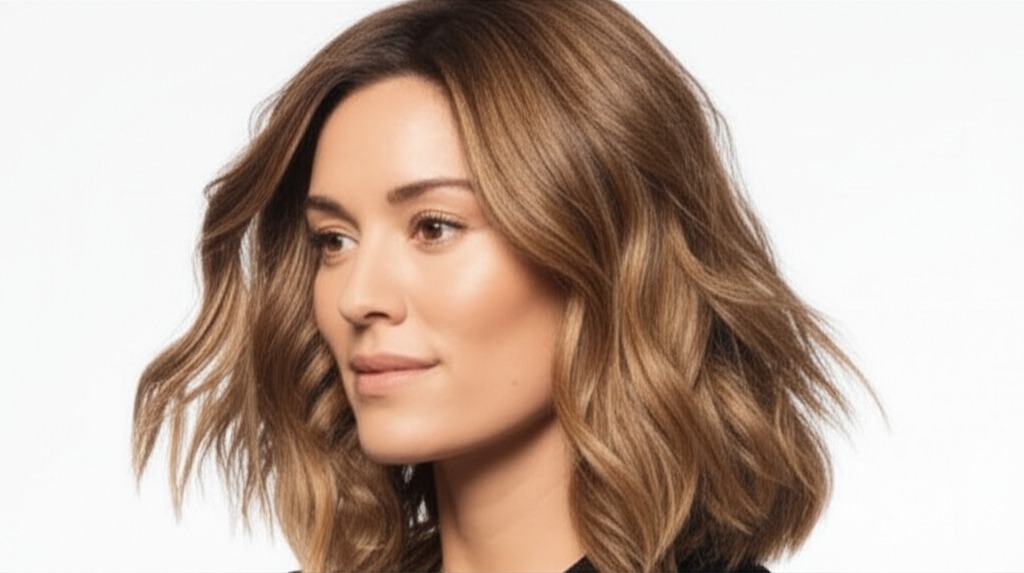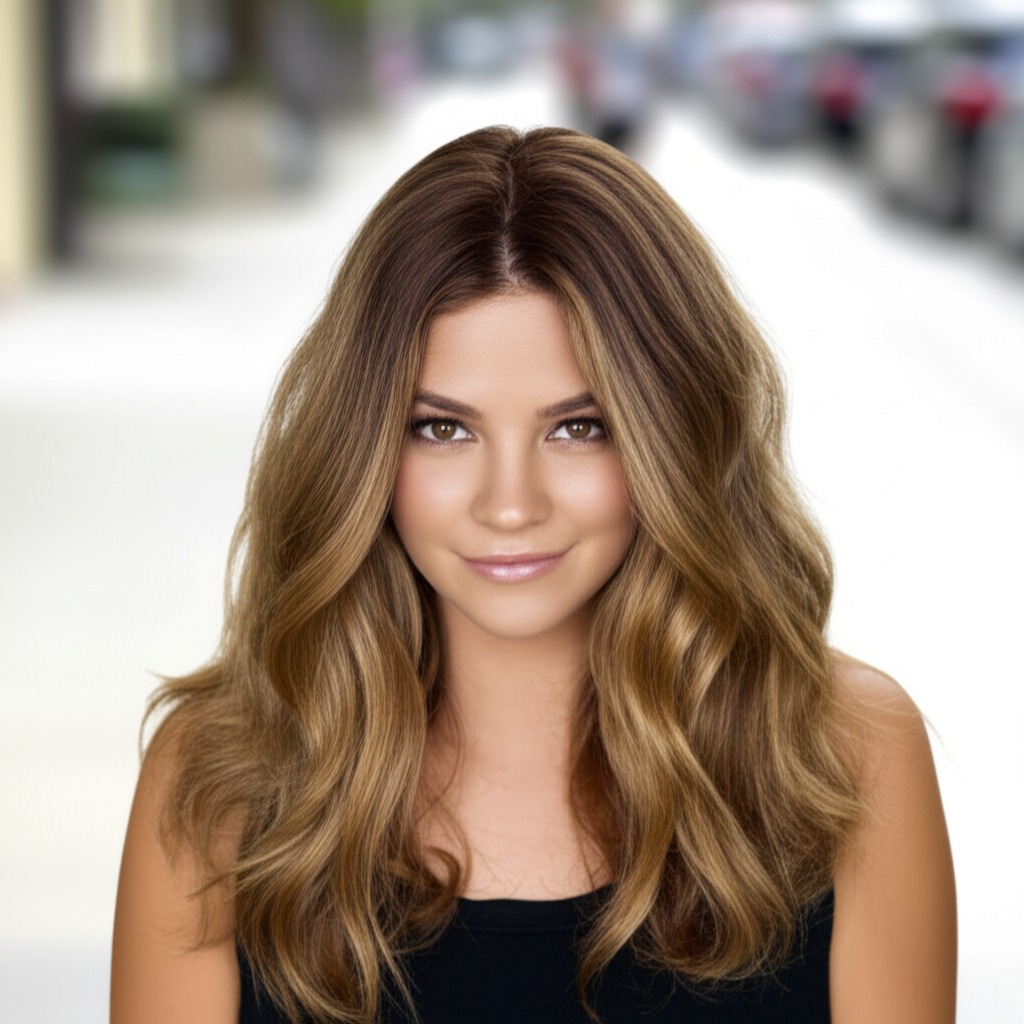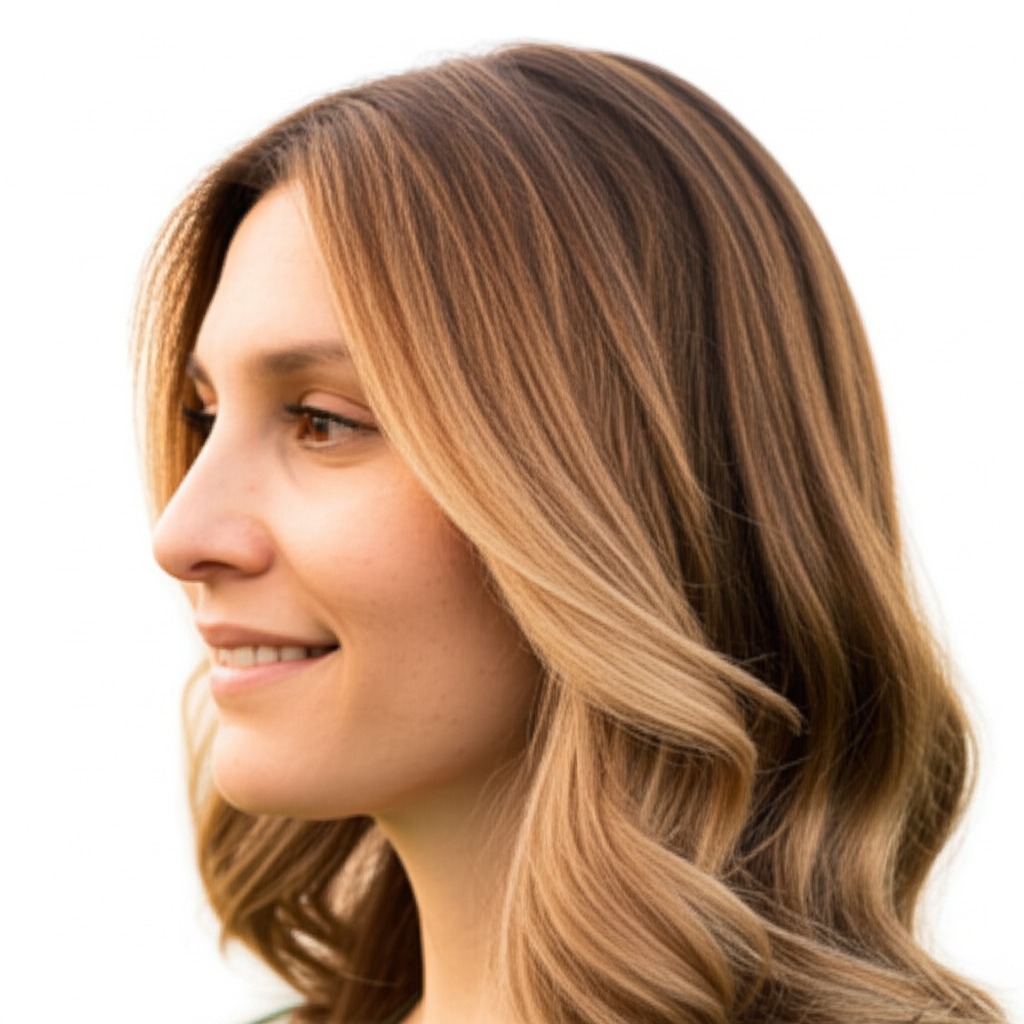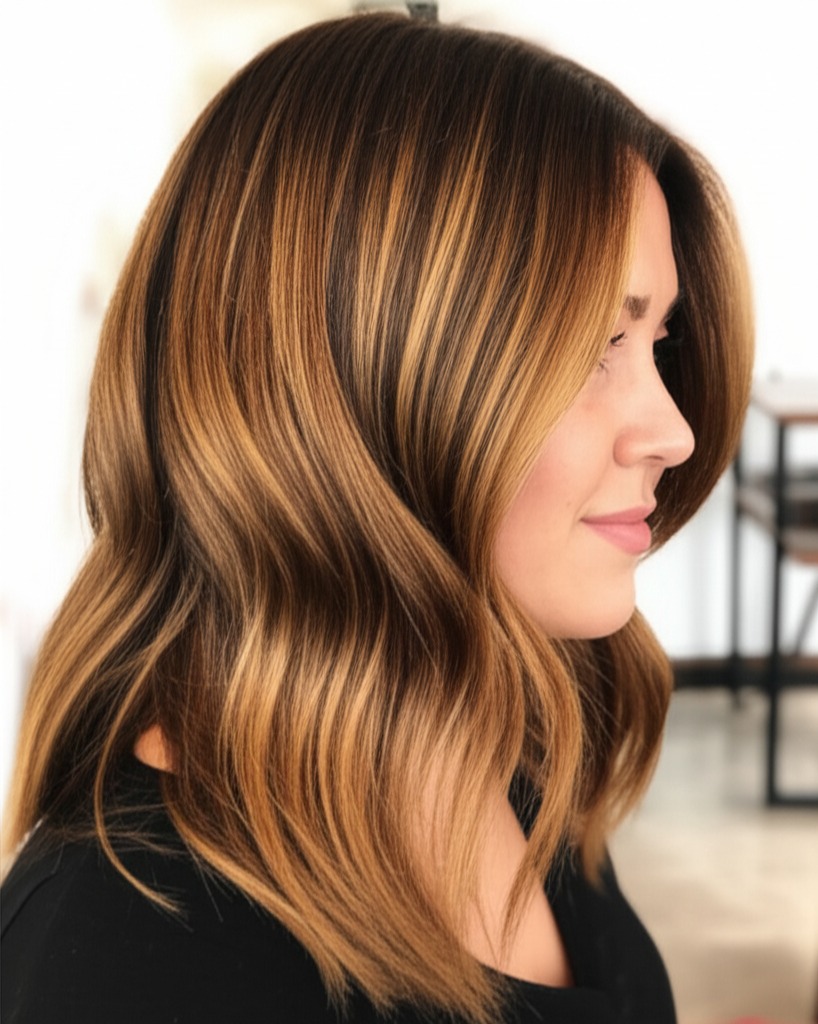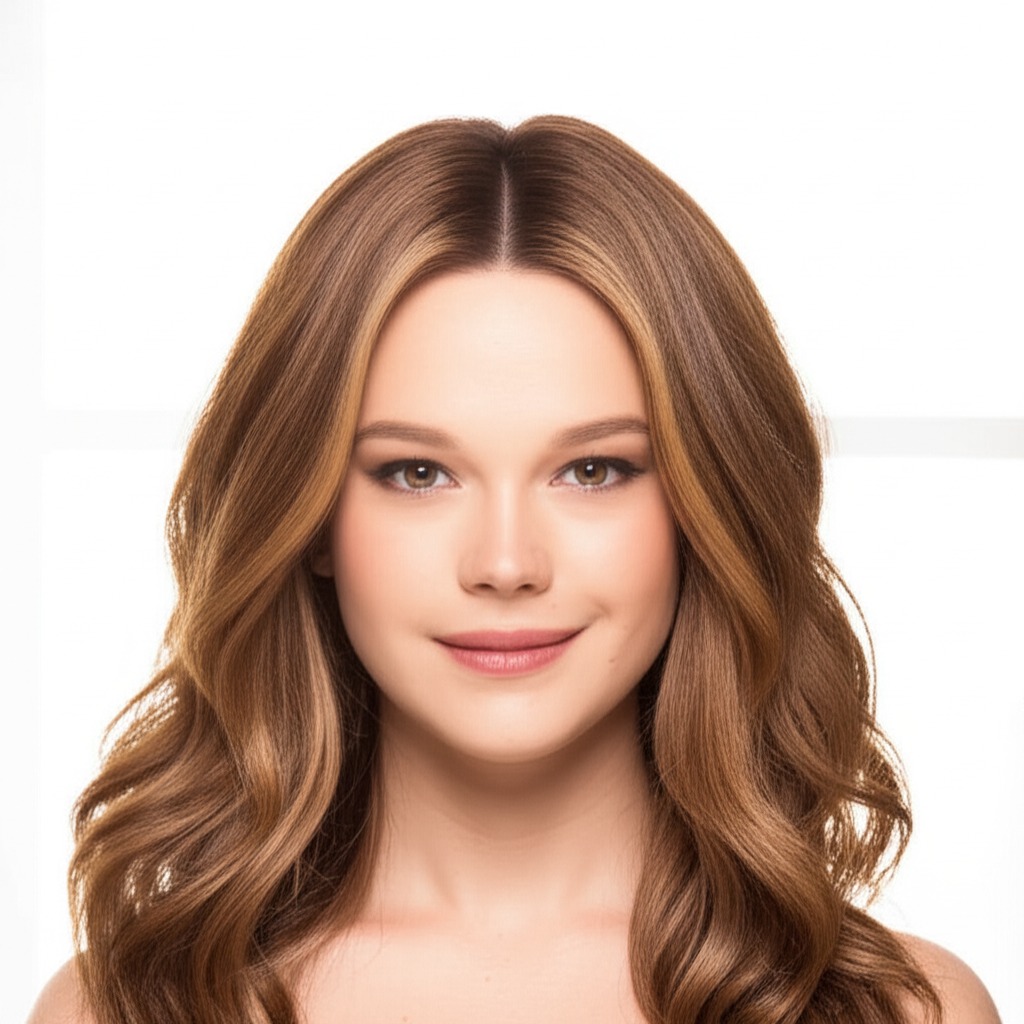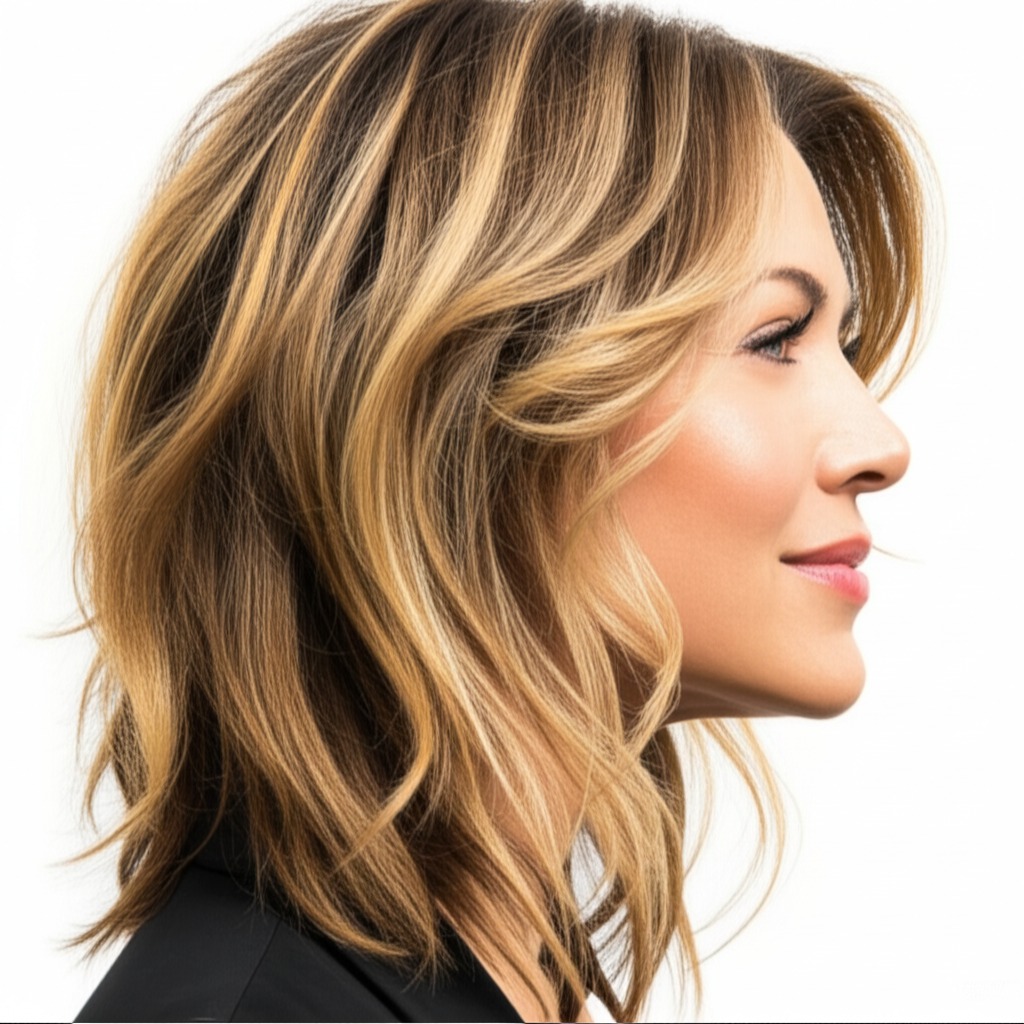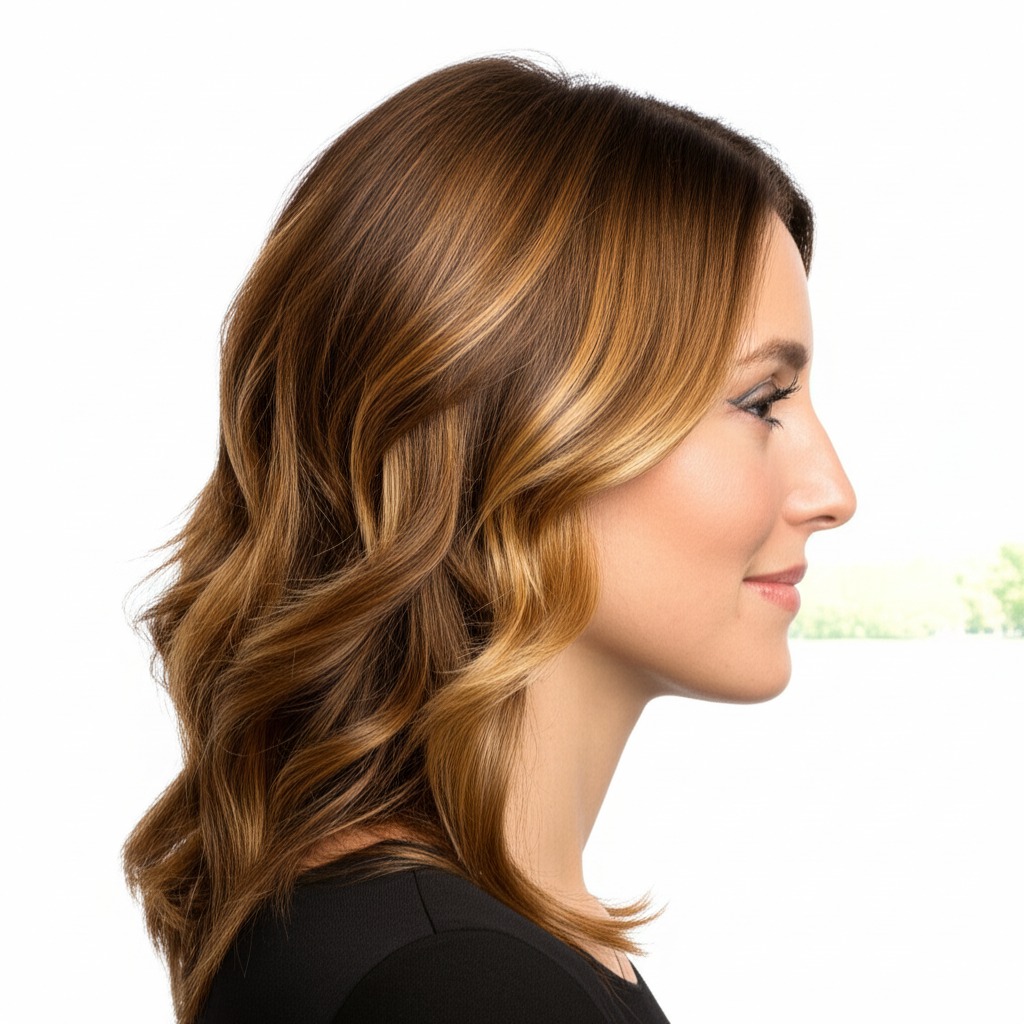#Caramel Bronde: The Warm & Radiant Hair Color Guide
Caramel bronde – a blend of brunette and blonde – is having a moment (and for good reason!). It’s universally flattering, offering warmth and dimension without the commitment of full-on blonde. But achieving your perfect caramel bronde requires understanding its nuances. This guide breaks down everything you need to know, from undertones to at-home care.
#1. Understanding Caramel Bronde: Shade Definition
Caramel bronde isn't just one color; it’s a family of shades! The key is balancing the richness of brunette with the brightness of caramel blonde.
- Undertone: Most caramel brondes lean warm. This means they have golden, honey, or copper tones. While some variations can be more neutral (a balance between warm and cool), straying too far into a cool-toned bronde can look ashy and unnatural on most skin tones.
- Depth/Levels: Levels refer to the darkness of your hair color. Caramel brondes typically range from levels 4-7 on the standard hair level scale (1 being black, 10 being very light blonde). The lower the number, the darker the base. A "deeper" caramel bronde might start around a level 5 or 6, while a lighter version could begin at a level 7. The difference between these levels is subtle but impactful on overall effect.
- Caramel Component: This refers to how much blonde you incorporate. More caramel means more golden-brown tones; less means it leans closer to brunette.
#2. Who Does Caramel Bronde Flatter?
This color's versatility makes it a strong contender for many, but here’s who shines brightest:
- Skin Tone & Undertone:
- Warm Skin Tones (yellow/golden undertones): This is the ideal match. The warmth in the caramel bronde will enhance your complexion and create a healthy glow. Think olive skin, tan complexions, or those who easily burn in the sun.
- Neutral Skin Tones: You can absolutely rock this color! Experiment with slightly warmer or cooler variations to see what complements you best.
- Cool Skin Tones (pink/blue undertones): While less common, caramel bronde can work if done carefully. The key is ensuring the shade isn't too intensely golden and incorporates more neutral brown tones – a "muted" caramel bronde.
- Eye Colors: Caramel bronde complements almost every eye color!
- Brown Eyes: The warmth enhances their richness.
- Blue/Green Eyes: Creates a beautiful contrast, making eyes appear brighter.
- Hazel Eyes: Highlights the different flecks of color within hazel eyes.
- Natural Level Starting Points: Caramel bronde is most achievable (and requires less correction) for those with:
- Levels 3-5 (Dark Brunette): A beautiful, dimensional transformation.
- Levels 6-7 (Medium Brown): A subtle enhancement of existing warmth and dimension.
- Levels 8+ (Light Brown/Dark Blonde): Requires less toning to achieve the desired caramel hue.
#3. Technique Options: Building Your Bronde
The application technique significantly impacts the final result.
- Single-Process: Generally not recommended for a full bronde transformation as it lacks dimension and can be flat. Best suited for subtle tonal shifts on already light brown hair.
- Highlights/Lowlights: Classic approach to adding depth and dimension. Strategically placed highlights create the "blonde" effect, while lowlights add richness.
- Babylights: Very fine, delicate highlights that mimic a child’s naturally sun-kissed hair. Creates a soft, blended look – ideal for subtle transformations or those wanting a natural bronde appearance.
- Gloss/Toner: Essential! Toners are used after highlighting to refine the blonde tones and ensure they have the right caramel hue. Glosses add shine and condition.
- Balayage-Effect vs Solid: Balayage (or painted highlights) provides a softer, more natural look with less harsh lines of demarcation than traditional foil highlights. A solid application offers more even color distribution but can lack dimension without strategic placement.
#4. Maintenance & Longevity: Planning for the Long Haul
Caramel bronde requires commitment – let’s be realistic!
- Wash Frequency: 2-3 times a week is ideal to prevent fading and maintain shine.
- Toner Refresh: Expect to re-tone your blonde pieces every 6-12 weeks, depending on how quickly the color fades and how much upkeep you desire.
- Root Growth Pacing: Discuss with your stylist how often they should blend root regrowth. Balayage allows for more gradual blending.
- Budget/Time Planning: This is not a budget-friendly or quick process! Expect to spend $200-$500+ per salon visit, and factor in 2-4 hours (or longer) depending on the complexity of the technique.
#5. Seasonality & Pairing with Cuts: Style it Right
Caramel bronde is adaptable for all seasons!
- Bob: A chin-length bob showcases dimension beautifully – especially when paired with face-framing highlights.
- Lob (Long Bob): The lob’s length allows for more subtle blending and movement.
- Long Layers: Creates a soft, flowing look that enhances the caramel tones.
- Pixie Cut: A bold choice! Caramel bronde on a pixie cut looks modern and edgy with strategically placed highlights around the face.
- Seasonal Tweaks:
- Fall/Winter: Lean into deeper, richer caramel tones for warmth and coziness.
- Spring/Summer: Lighten up the blonde pieces for a sun-kissed look.
- Event Picks: Perfect for work (professional yet stylish), daytime events (effortlessly chic), evening outings (radiant glow), and even weddings!
#6. At-Home Care: Protecting Your Investment
Proper at-home care is crucial to maintaining your caramel bronde's vibrancy.
- Sulfate-Free Shampoo: Sulfates strip color, leading to faster fading.
- Clarifying Cadence: Use a clarifying shampoo (once every 4-6 weeks) to remove buildup from products and hard water – but be gentle!
- Heat Protection: Always use heat protectant before using any hot styling tools.
- Color-Safe Styling Products: Look for shampoos, conditioners, and stylers specifically formulated for color-treated hair.
- Product Checklist: Sulfate-free shampoo & conditioner, leave-in conditioner, heat protectant spray, dry texture spray (for volume).
#7. Common Pitfalls: Avoiding Color Mishaps
- Brassiness: The biggest concern! Use purple or blue toning shampoos/conditioners to neutralize orange tones.
- Banding: Uneven color application – often due to improper technique. Ensure your stylist uses a strategic placement pattern and performs a strand test beforehand.
- Patchiness: Can occur with uneven highlighting. A skilled stylist will blend the highlights seamlessly for a natural look.
#8. Pros & Cons: Weighing Your Options
- Pros: Universally flattering, adds dimension, enhances warmth, versatile styling options.
- Cons: Requires significant maintenance (toner appointments), can be expensive, potential for fading and brassiness if not properly cared for.
#9. Salon Consultation Script: Setting Expectations
Before committing to caramel bronde, discuss these points with your stylist:
- "I'm interested in a caramel bronde look – I like the warmth and dimension."
- "What level do you think is best for my natural hair color?"
- “Can we do a strand test?”
- "How long will the process take, and what’s your estimated cost?"
- "What's involved in maintaining this color (toner appointments, at-home care)?"
- "Show me examples of caramel bronde looks you think would suit my skin tone."
#10. FAQs: Your Burning Questions Answered
- Can I achieve caramel bronde on dark brown hair without bleach? It’s challenging and will result in a very subtle change, best suited for those already at a level 6 or higher.
- How long does it take to transition from black box dye to caramel bronde? Multiple sessions are usually required – it's a gradual process!
- Is caramel bronde damaging to my hair? Any color service involves some damage, but proper technique and aftercare can minimize the impact.
- Can I do this at home? While possible, achieving professional-looking results is difficult without experience. It’s best left to a stylist.
- What if my caramel bronde turns orange? Use a purple shampoo/conditioner and consult your stylist for toning options.
- How does the color look in different lighting conditions? Discuss with your stylist how the tones will appear under natural light, artificial light, and direct sunlight.
Disclaimer: This guide provides general information only and should not be considered professional hair coloring advice. Always consult with a qualified hairstylist for personalized recommendations.
